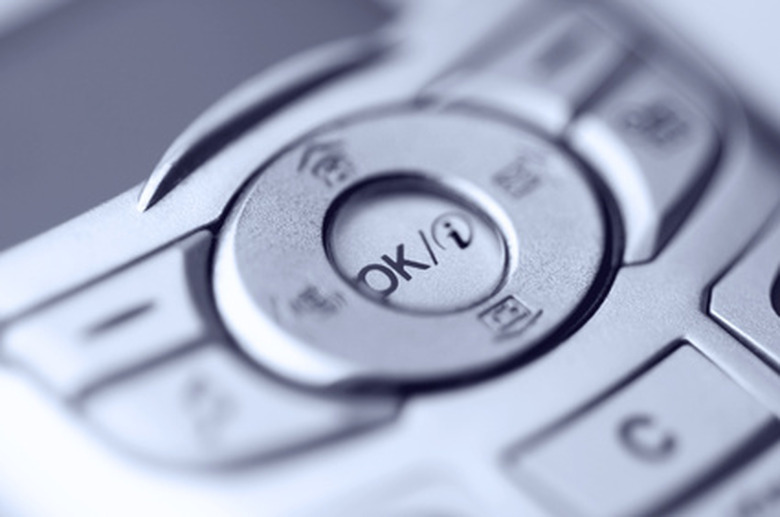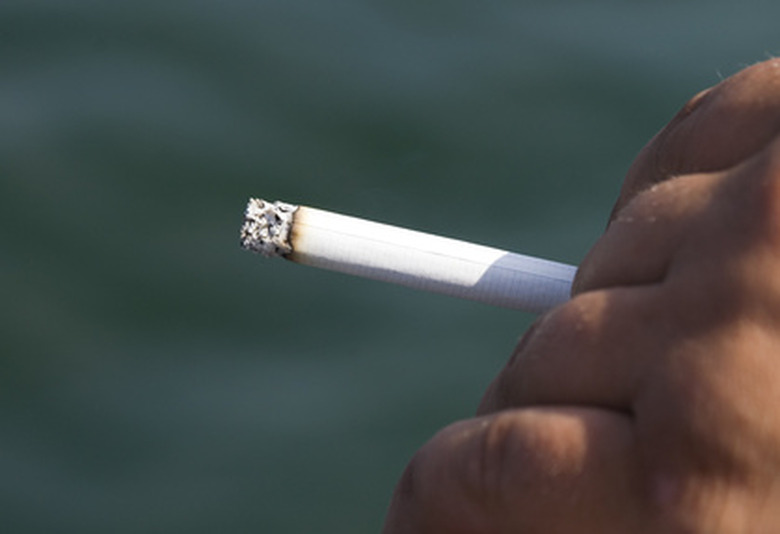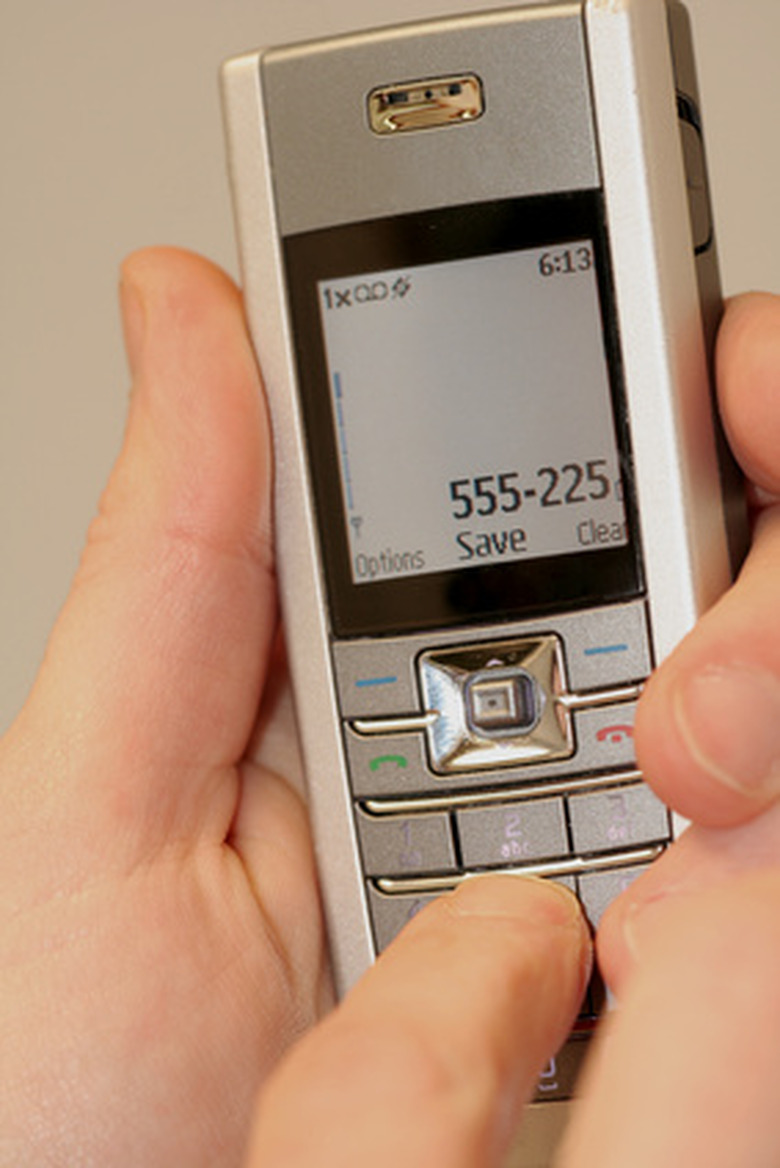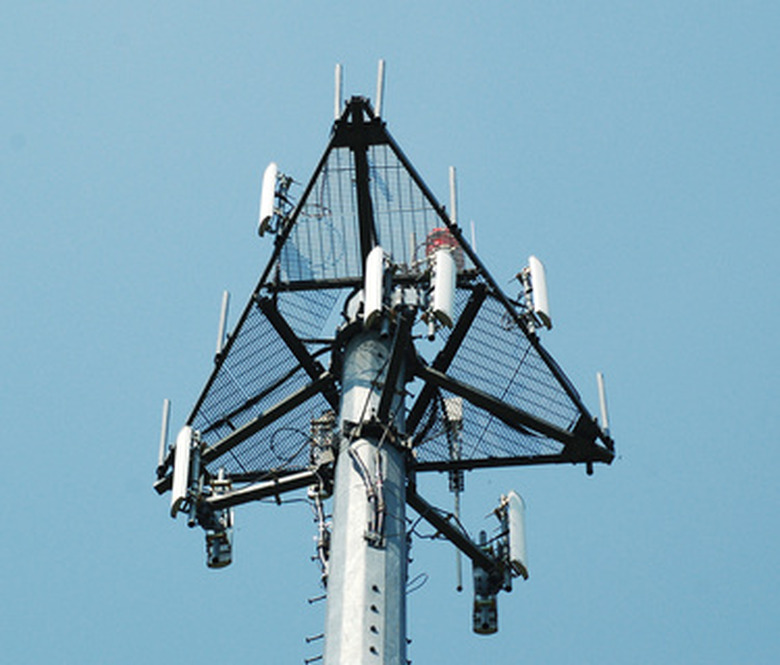Science Fair Project Ideas With A Cell Phone
Face it: Even kids have cell phones today. But kids can also use cell phones to do more than text "LOL" to their friends. Here are few ideas on how to use cell phones in science projects.
Radiation Effects
Radiation Effects
First, find out how much radiation is emitted from your cell phone by looking at a radiation chart from a cell phone company or online from a resource such as CNET. Researchers continue to contradict themselves on this topic. Some say long-term use of cell phone can cause cancer, while others merely say that cell phones are still in their fledgling stages and it's too early to be concerned. So do the research and offer your perspective.
Dangerous in Public?
Dangerous in Public?
It's proven that second-hand smoke is dangerous. Cities across the world have banned smoking in public places. But could cell phone use in a public place also be harmful? And should they be banned like smoking? Cell phones do emit radiation and radiation can be harmful to humans. So prove whether someone should keep their distance from another person who is using a cell phone and offer your hypothesis on whether they should be banned.
Driving Reaction Time
Driving Reaction Time
It's common today to not only talk on the cell phone while driving, but also to text. So how does using a cell phone affect reaction time? There is countless research available suggesting cell phone usage while driving elevates the risk of a crash. So come up with your own experiment to test the reaction time of someone who is using a cell phone. A common way of testing reaction time is the "ruler drop" method, which involves the subject attempting to catch a falling ruler.
Reception
Reception
Use math and algorithms to arrange cell phone towers to receive better reception. Maybe you can suggest cell phone towers should be erected so more people can get more signal bars on their phone. Math whizzes and aficionados could come up with new formulas to suggest where cell phone towers should stand, and configurations to overcome existing reception problems, such as in their neighborhoods or cities.
Cite This Article
MLA
MichaelB, . "Science Fair Project Ideas With A Cell Phone" sciencing.com, https://www.sciencing.com/science-project-ideas-cell-phone-7227715/. 24 April 2017.
APA
MichaelB, . (2017, April 24). Science Fair Project Ideas With A Cell Phone. sciencing.com. Retrieved from https://www.sciencing.com/science-project-ideas-cell-phone-7227715/
Chicago
MichaelB, . Science Fair Project Ideas With A Cell Phone last modified August 30, 2022. https://www.sciencing.com/science-project-ideas-cell-phone-7227715/




